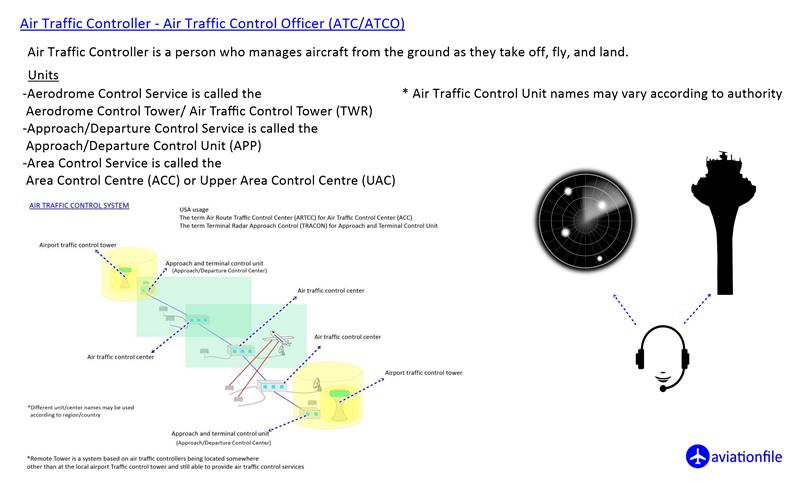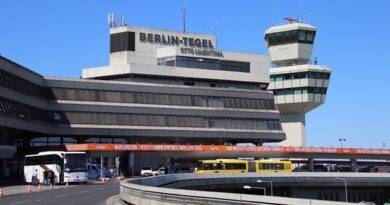Demystifying the Maze: A Detailed Look at Airspace Complexity
While modern air travel boasts an enviable safety record, the sky itself can be a surprisingly intricate network. This complexity doesn’t translate to grounded planes, but it necessitates meticulous management by Air Traffic Control (ATC) to ensure safe and smooth journeys. A Detailed Look at Airspace Complexity…
Unpacking the Layers of Airspace Complexity
Several key factors intertwine to create a complex airspace:
- Traffic Density: Imagine a highway at rush hour. The sheer number of airplanes in a confined area multiplies the potential for conflicts. ATC must meticulously juggle these interactions, ensuring safe separation between aircraft.
- Airspace Design: Not all airspace is created equal. Busy areas may have overlapping flight paths or designated restricted zones, demanding meticulous planning from both pilots and controllers. Think of it like a complex road network with one-way streets and designated no-fly zones.
- Weather Dynamics: Unlike a predictable highway, the sky throws curveballs. Unpredictable weather phenomena like wind shear (sudden changes in wind speed) or turbulence can significantly complicate navigation and decision-making for both pilots and ATC. Imagine driving on a highway with sudden gusts of wind or patches of black ice – that’s the kind of unpredictability weather can introduce.
- Aircraft Performance: Different aircraft have varying capabilities. A lumbering cargo plane requires a different approach compared to a nimble fighter jet. ATC needs to factor in these performance differences to maintain safe separation and optimize traffic flow. Think of a highway with a mix of slow-moving trucks and high-speed sports cars.
Taming Complexity: The Role of PANS-Ops
Fortunately, organizations like the International Civil Aviation Organization (ICAO) establish guidelines and frameworks to navigate airspace complexity. One such framework is the ICAO Procedures for Air Navigation Services – Operations (PANS-Ops). PANS-Ops outlines standardized procedures for ATC globally, ensuring a common language and approach regardless of location. This standardization is especially crucial in complex airspace, where clear communication and coordinated actions between pilots and controllers from diverse backgrounds are paramount for safety. By adhering to PANS-Ops, controllers around the world can manage complexities like varying aircraft performance and conflicting traffic flows with greater efficiency and reduced risk of misunderstandings. In essence, PANS-Ops acts as a universal rulebook, helping orchestrate the intricate dance of air traffic within the complex airspace.

The Impact of Complexity: Beyond Delays
Airspace complexity directly translates to the workload of Air Traffic Controllers. High complexity environments demand constant vigilance and split-second decisions to maintain safety. It can also lead to delays, as controllers meticulously ensure safe separation between aircraft, especially during peak traffic periods.
Understanding Complexity: A Collaborative Effort
While airspace complexity adds another layer to air travel, it’s not a reason for apprehension. Understanding it fosters collaboration:
- Pilots: By comprehending airspace complexity, pilots can meticulously plan their flights, factoring in potential delays and anticipating ATC instructions. This proactive approach contributes to a smoother flow of traffic.
- Passengers: A basic understanding of airspace complexity can help passengers appreciate the crucial role ATC plays. It’s not just about guiding planes from point A to B; it’s about maintaining a complex aerial ballet with meticulous precision.
- Air Traffic Control (ATC): Advanced technologies and ongoing training equip ATC personnel to handle airspace complexity. Modern radar systems provide real-time information on aircraft positions and sophisticated communication tools facilitate clear and concise instructions to pilots.
Beyond the Basics: Exploring the World of ATC and ATM
This article provides a foundational understanding of airspace complexity. To delve deeper, explore the fascinating world of Air Traffic Control (ATC) and Air Traffic Management (ATM). Learn about the intricate procedures, cutting-edge technologies, and the immense talent that keeps our skies safe, efficient, and constantly moving.
References and Further Reading Links:
- International Civil Aviation Organization (ICAO): https://icao.int/
- Air Traffic Control (ATC): https://www.faa.gov/air_traffic
- https://skybrary.aero/articles/circling-approach-difference-between-icao-pans-ops-and-us-terps
- https://www.eurocontrol.int/sites/default/files/library/018_Airspace_complexity_for_regulations_I.pdf


